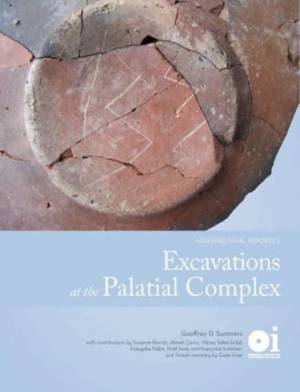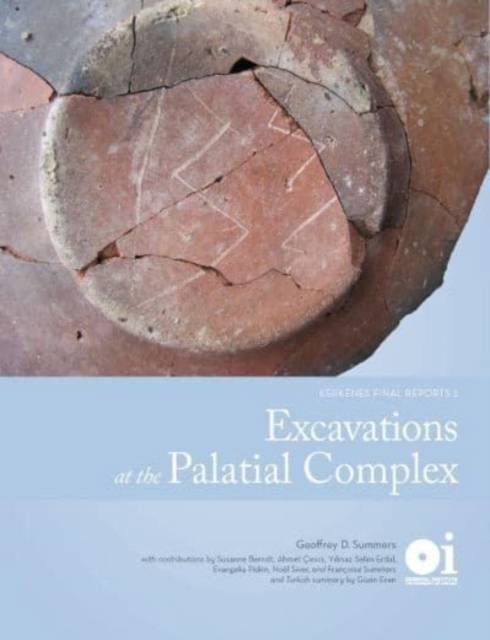
- Afhalen na 1 uur in een winkel met voorraad
- Gratis thuislevering in België vanaf € 30
- Ruim aanbod met 7 miljoen producten
- Afhalen na 1 uur in een winkel met voorraad
- Gratis thuislevering in België vanaf € 30
- Ruim aanbod met 7 miljoen producten
Zoeken
Omschrijving
The city on the Kerkenes Dağ in the high plateau of central Turkey was a new Iron Age capital, very probably Pteria. Founded in the later seventh century BC, the city was put to the torch in the mid-sixth century and then abandoned. Excavations at what we have identified as the Palatial Complex were conducted between 1999 and 2005. The stone glacis supporting the Fortified Structure at the eastern end of the complex was revealed in its entirety while the greater portion of the Monumental Entrance was uncovered. Portions of buildings within the complex were also excavated, notably one-half of the heavily burned Ashlar Building, one corner of the Audience Hall, and parts of other structures. This volume documents as fully as possible the results of those excavations with the exception of sculpture, some bearing Paleo-Phrygian inscription, already published (OIP 135). The location of the complex, its development from foundation to destruction, and its architecture are discussed and illustrated. Within the Monumental Entrance were extraordinary, unexpected, semi-iconic stone idols, and other embellishments that include stone blocks with bolsters, bases for large freestanding wooden columns, and stone plinths. Extensive use was made of iron in combination with timber-framed facades and large double-leafed doors. Objects of gold, silver, copper alloys, and iron attest to former splendor. Organization of the volume is roughly chronological, beginning with the Fortified Structure, and concluding with the Monumental Entrance. Presentation of material culture is organized with an emphasis on context. Specialist chapters report on alphabetic and nonalphabetic graffiti and masons' marks, animal bones among which was found the jawbone of a dolphin, and a Byzantine-period burial. This volume provides further dramatic and surprising new evidence for the power, wealth, and sophistication of an eastward expansion of Phrygian culture exemplified by architecture, cultic imagery, Paleo-Phrygian inscriptions and graffiti, pottery, and artifacts. The brief existence of this extraordinary city, hardly more than one hundred years, together with the excellent stratigraphic context provided by the destruction level, offer an unparalleled window onto the first half of the sixth century BC on the Anatolian Plateau.
Specificaties
Betrokkenen
- Auteur(s):
- Uitgeverij:
Inhoud
- Aantal bladzijden:
- 532
- Taal:
- Engels
- Reeks:
Eigenschappen
- Productcode (EAN):
- 9781614910794
- Verschijningsdatum:
- 20/01/2023
- Uitvoering:
- Hardcover
- Formaat:
- Genaaid
- Afmetingen:
- 234 mm x 308 mm
- Gewicht:
- 2653 g

Alleen bij Standaard Boekhandel
+ 349 punten op je klantenkaart van Standaard Boekhandel
Beoordelingen
We publiceren alleen reviews die voldoen aan de voorwaarden voor reviews. Bekijk onze voorwaarden voor reviews.











